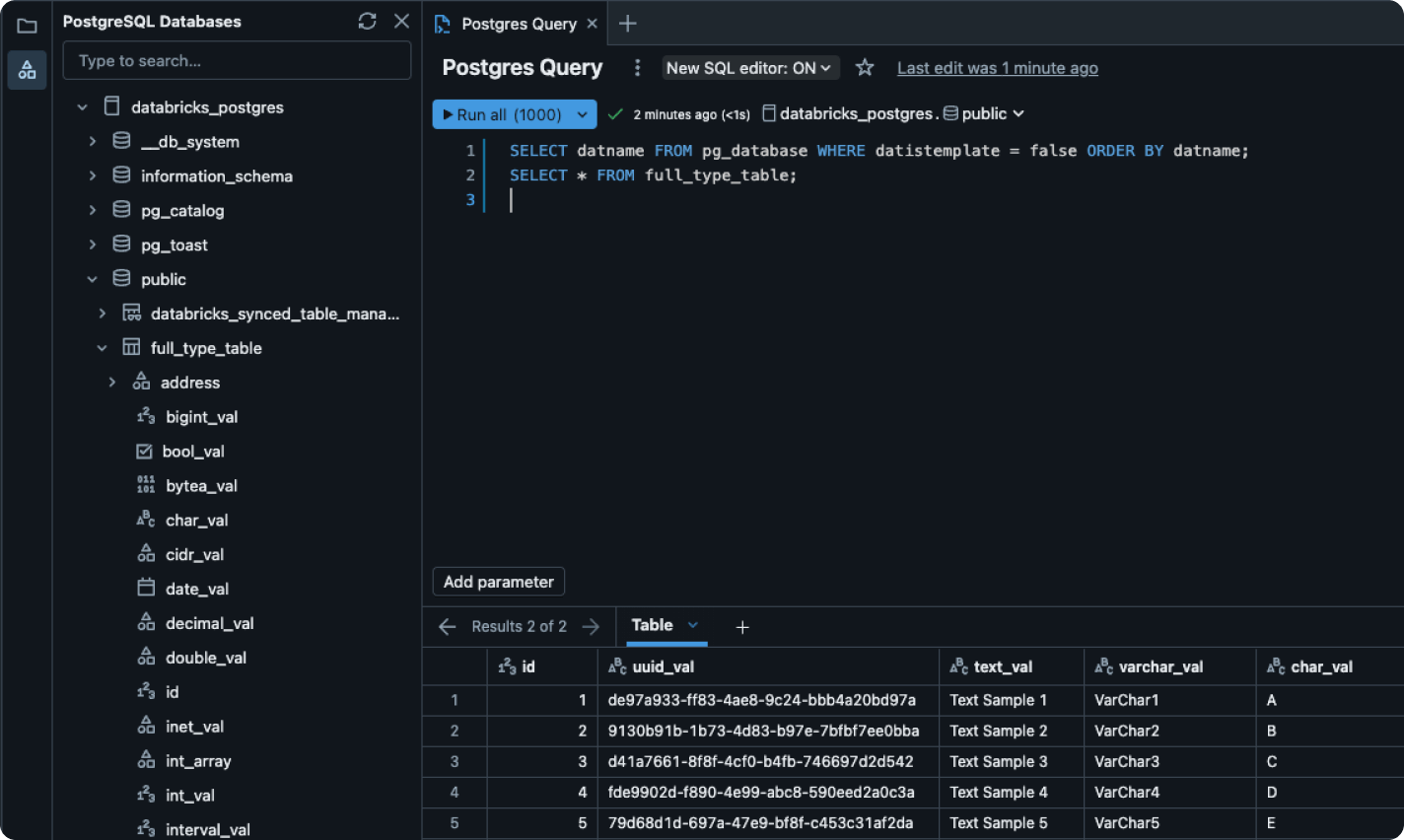Rethinking Developer Productivity: The Shift from Technical Metrics to Human Factors
For years, the software development industry has been on a quest to quantify productivity. We’ve relied on tangible, machine-measurable outputs to gauge the effectiveness of engineering teams. Metrics like lines of code, commit frequency, and more recently, the DORA framework, have served as the gold standard for measuring performance. They promised an objective look into the efficiency and stability of the software delivery pipeline. However, a fundamental shift is underway, one that challenges the very definition of what it means to be a productive developer.
The latest JetBrains State of Developer Ecosystem 2025 report, a comprehensive survey of over 24,500 developers, reveals a crucial insight: the developer community is calling for a more holistic, human-centric approach to performance measurement. The data indicates that while technical efficiency remains important, factors like collaboration, communication, and a supportive work environment are now considered equally, if not more, critical to success. This evolution in perspective suggests that the true measure of a developer’s contribution extends far beyond the code they commit. As we explore the findings of this landmark report, a new picture emerges—one where the path to high-performing teams is paved not just with better tools and faster pipelines, but with a deeper understanding of the human elements that drive innovation and excellence.
The Limits of Traditional Metrics: Moving Beyond DORA
To understand where the industry is heading, we must first appreciate where it has been. For many modern engineering organizations, the DevOps Research and Assessment (DORA) metrics have been the cornerstone of performance measurement. These four key indicators were designed to provide a high-level view of a team’s software delivery speed and stability.
The DORA framework tracks the following:
- Deployment Frequency: How often an organization successfully releases to production.
- Lead Time for Changes: The amount of time it takes a commit to get into production.
- Change Failure Rate: The percentage of deployments causing a failure in production.
- Time to Restore Service: How long it takes an organization to recover from a failure in production.
These metrics were revolutionary because they shifted the focus from individual output (like lines of code) to team-level outcomes related to throughput and stability. They helped organizations identify bottlenecks in their CI/CD pipelines and improve the reliability of their releases. Yet, despite their value, a growing sentiment among developers suggests that an exclusive reliance on DORA creates a myopic view of their work.
The JetBrains report quantifies this sentiment with striking clarity. A significant majority of developers feel that their true value is being overlooked.
A staggering 66% of respondents believe that current metrics don’t adequately reflect their true contributions to a project.
This disconnect arises because so much of a developer’s essential work happens “between the lines” of code commits and deployments. Activities like mentoring junior engineers, conducting thorough and thoughtful code reviews, improving internal documentation, collaborating on architectural designs, and strategically refactoring technical debt are vital to a project’s long-term health and a team’s growth. These contributions, however, are largely invisible to frameworks like DORA. An engineer could spend a week pairing with a new team member to get them up to speed—a high-value activity that builds team capacity—but this would register as zero progress from a purely metric-driven perspective. This narrow focus can inadvertently penalize collaborative behavior and discourage the very activities that foster a resilient and innovative engineering culture.
The Rise of Human-Centric Productivity Factors
The report makes it clear that developers are not just asking for different metrics; they are advocating for a different value system. The data reveals a powerful consensus that the work environment and interpersonal dynamics are paramount to productivity. When asked to weigh the importance of various factors, developers placed non-technical elements at the forefront.
| Factor Type | Perceived as Critical to Performance | Influence on Productivity |
|---|---|---|
| Non-Technical Factors | 62% | 89% |
| Technical Factors | 51% | 84% |
This table illustrates a profound shift. While the performance and reliability of development tools are still highly influential (cited by 84% of developers), the impact of the human side of software development is even more widely acknowledged. An overwhelming 89% of developers state that non-technical factors directly influence their productivity. Let’s break down what these crucial, yet often overlooked, elements entail:
- Job Design: This refers to the structure of the work itself. Developers thrive when given autonomy to solve complex problems, opportunities to achieve mastery in their craft, and a clear sense of purpose connecting their work to larger business goals. Micromanagement, ambiguous requirements, and monotonous tasks can crush motivation and stifle creativity, regardless of how advanced the tooling is.
- Clear Communication: The cost of miscommunication in software development is immense, leading to wasted effort, rework, and frustration. When goals are clearly defined, tasks are well-scoped, and communication channels are open and respectful, friction is minimized. This clarity allows developers to focus their cognitive energy on problem-solving rather than deciphering vague instructions.
- Peer and Manager Support: Software development is a team sport. A supportive environment—one characterized by psychological safety, where developers feel safe to ask questions, admit mistakes, and propose unconventional ideas—is a massive productivity multiplier. Constructive feedback from peers and empathetic guidance from managers create a foundation of trust that enables teams to navigate challenges effectively.
- Actionable Feedback: Feedback is the lifeblood of growth, but its quality matters immensely. Vague criticism is demoralizing and unhelpful. Actionable feedback, on the other hand, is specific, timely, and focused on both the code and the developer’s professional growth. It’s about building skills and improving outcomes, not just pointing out errors.
The report’s conclusion on this topic is a call to action for engineering leaders everywhere:
“The data suggests it’s time to rethink how we measure success and to build work environments that reward not just results, but the way they’re achieved.”
This statement advocates for a move away from being a “feature factory” that only rewards velocity, towards becoming a sustainable, high-performing organization that values collaboration, continuous learning, and the well-being of its engineers.
AI as the Modern Developer’s Co-Pilot: Adoption, Gains, and Growing Pains
While human factors take center stage, technology continues to reshape the development landscape in profound ways. The rise of Artificial Intelligence, particularly generative AI coding assistants, represents the most significant technological shift in recent years. The JetBrains report confirms that AI is no longer a niche or experimental tool; it has become deeply embedded in the daily workflow of the vast majority of developers.
An incredible 85% of developers report that they regularly use AI tools in their development process. This widespread adoption is fueled by tangible productivity gains. The efficiency benefits are not trivial; for many, they are transformative.
- Nearly 9 out of 10 developers (89%) save at least one hour per week using AI tools.
- A substantial 1 in 5 developers (20%) save more than eight hours per week—effectively reclaiming a full day of work.
Despite these impressive gains, the developer community holds a complex and nuanced view of AI’s role. The sentiment is far from universally positive, reflecting a mix of excitement, apprehension, and uncertainty.
- Positive Feelings: 51%
- Negative Feelings: 28%
- Uncertainty: 18%
This blend of feelings stems from the dual nature of AI as both a powerful assistant and a potentially disruptive force. To better understand this, it’s helpful to look at how developers are leveraging AI today and what concerns they have about its future.
Primary Use Cases for AI: Developers are primarily offloading repetitive, time-consuming, or foundational tasks to their AI co-pilots, including:
- Writing boilerplate code
- Searching for development information online
- Translating code into other programming languages
- Writing code comments or documentation
- Summarizing recent code changes
Biggest Concerns with AI Tools: However, this reliance comes with a healthy dose of skepticism and a clear-eyed view of the technology’s current limitations. The top concerns include:
- Inconsistent Quality: AI-generated code can be unreliable and may require significant time to debug and refactor.
- Limited Understanding: AI tools often struggle with the complex logic and business context inherent in large, legacy codebases.
- Privacy and Security Risks: Feeding proprietary code into third-party AI models raises significant concerns about data privacy and intellectual property.
- Negative Impact on Skills: There is a fear that over-reliance on AI could lead to the atrophy of fundamental coding and problem-solving skills.
- Lack of Context Awareness: AI assistants often lack the broader project context, leading them to suggest solutions that are technically correct but architecturally inappropriate.
The Shifting Landscape of Programming Languages
The developer ecosystem is in a constant state of flux, and nowhere is this more evident than in the popularity and adoption of programming languages. The report highlights several key trends, pointing towards a future that prioritizes performance, safety, and modern development paradigms.
Over the past five years, a new guard of languages has seen a significant surge in real-world usage. TypeScript has continued its meteoric rise by bringing type safety to the JavaScript ecosystem. Meanwhile, languages like Rust, with its emphasis on memory safety and performance; Go, known for its powerful concurrency model; and Kotlin, a modern alternative for the JVM, have all solidified their place in the modern developer’s toolkit.
Looking ahead, developers have clear preferences for the languages they wish to learn and adopt next. This list provides a powerful signal about the direction the industry is heading.
| Rank | Language | Percentage of Developers Wanting to Adopt |
|---|---|---|
| 1 | Go | 11% |
| 2 | Rust | 10% |
| 3 | Python | 7% |
| 4 | Kotlin | 6% |
| 5 | TypeScript | 6% |
The prominence of Go and Rust at the top of the list is particularly noteworthy. It signals a strong and growing demand for systems-level programming capabilities that deliver exceptional performance and reliability, crucial for cloud-native applications, embedded systems, and high-performance computing.
Conclusion: A New Era of Engineering Excellence
The findings from the JetBrains State of Developer Ecosystem 2025 report paint a clear and compelling picture of an industry at an inflection point. The definition of developer productivity is expanding, moving beyond the narrow confines of technical output to embrace a more complete and human-centric view of performance. The message from developers is unequivocal: the culture in which they work is as important as the code they write.
To build the next generation of truly effective and innovative engineering teams, leaders must listen to this call. Success will require a dual focus: harnessing the transformative power of new technologies like AI while simultaneously cultivating an environment rooted in clear communication, mutual support, and a shared sense of purpose. The future of software development is not about choosing between people and technology; it’s about understanding that the greatest achievements happen when the two are brought into perfect alignment.








Comments